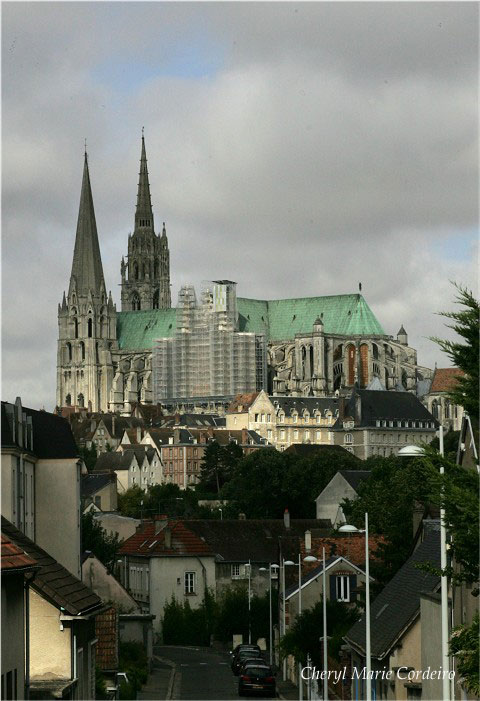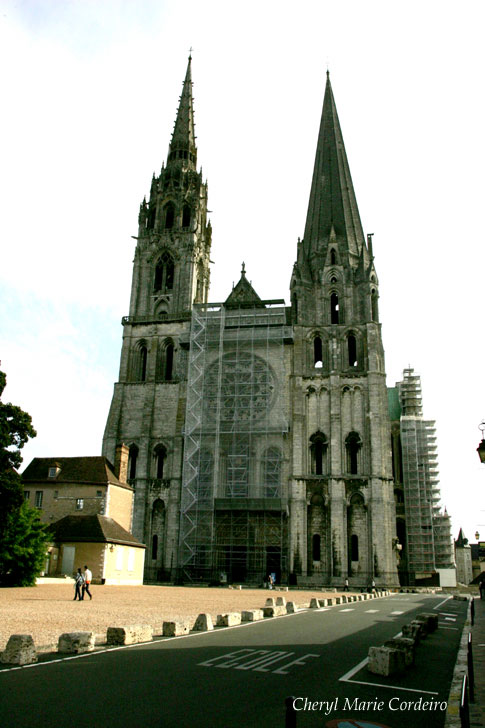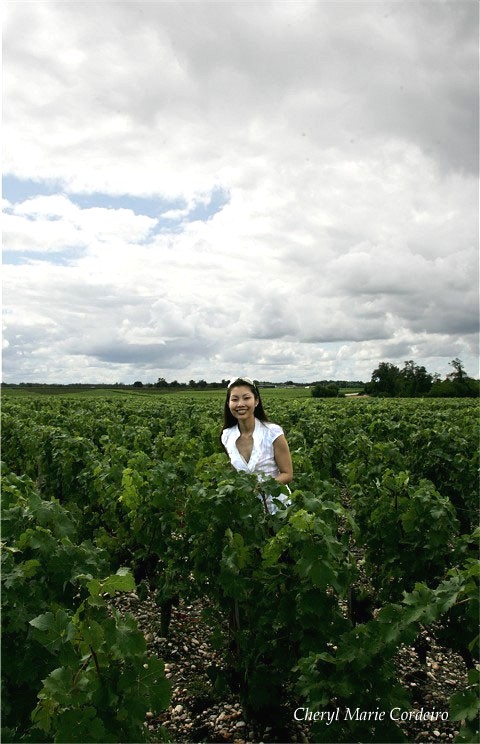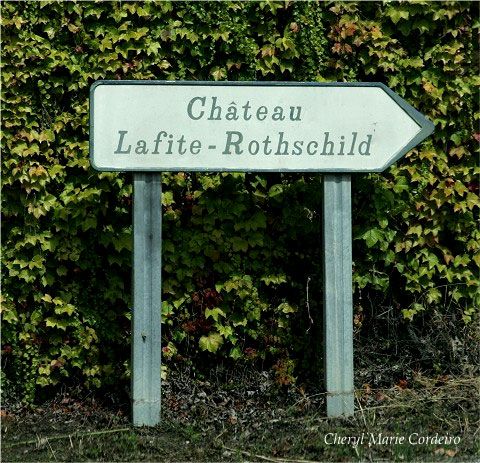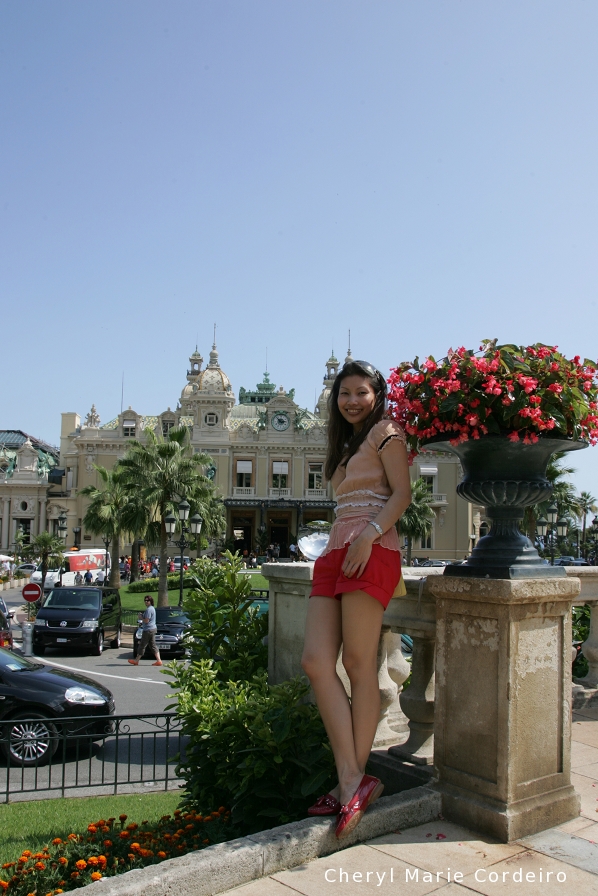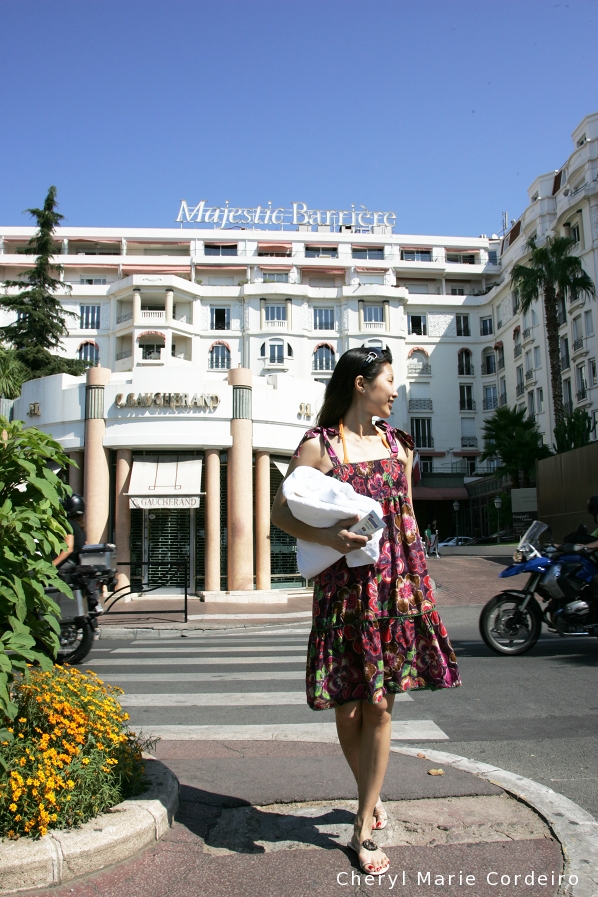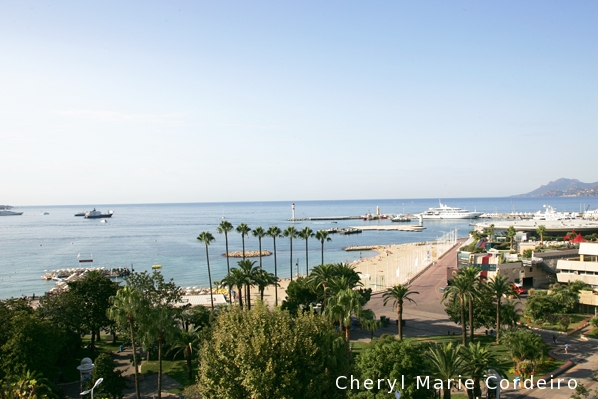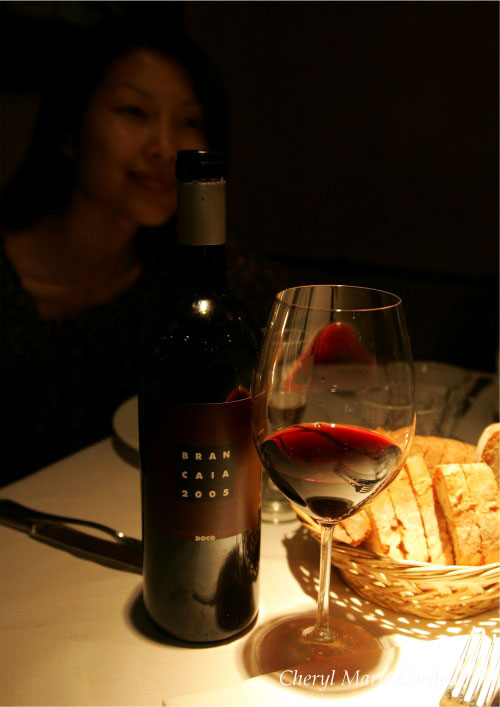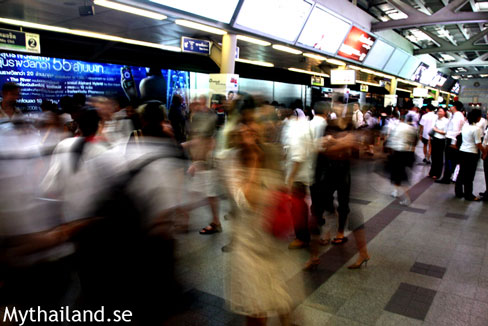
Capturing rush hour in Thailand, Anders Thorsell snapped this buzzing picture of a BTS (train) station in Bangkok, Thailand. I thought it a perfect shot since he mentioned that photography was strictly forbidden there.
Great pictures can tell a story without words, and in that aspect, I think Anders Thorsell has many stories to tell, all of which are inspiring. He blogs about his travels, life in Sundsvall and the various aspects of photography in different walks of life. Continue reading “Anders Thorsell: capturing life in pictures”
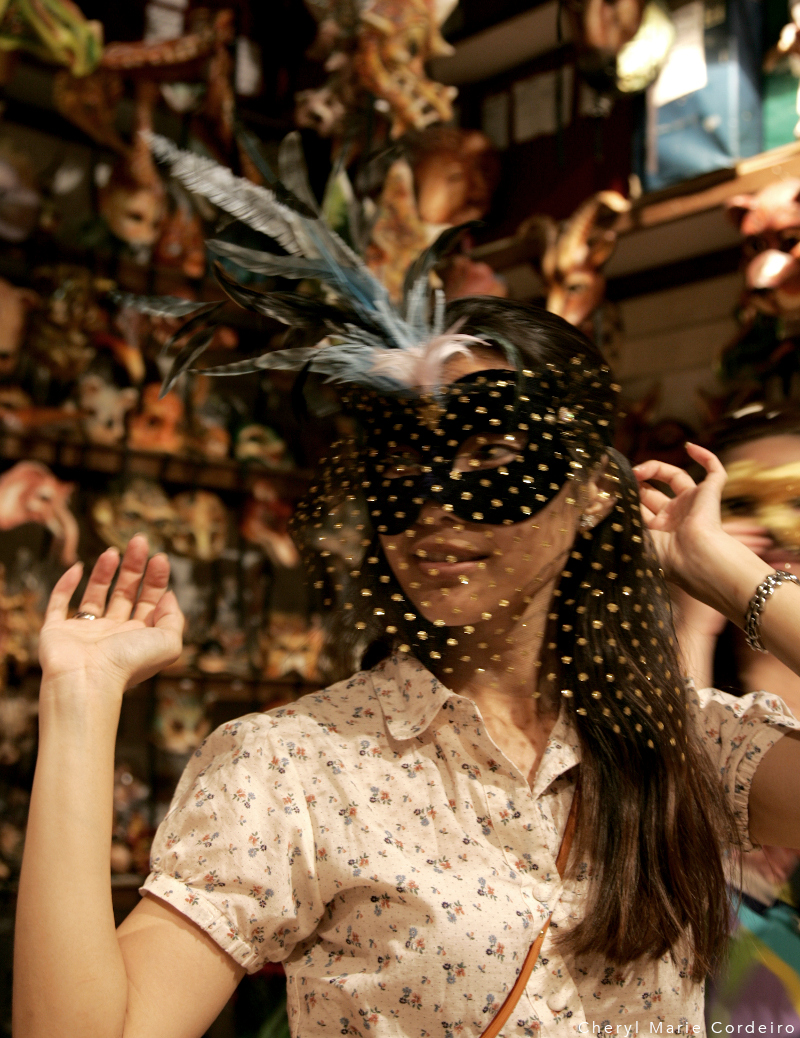
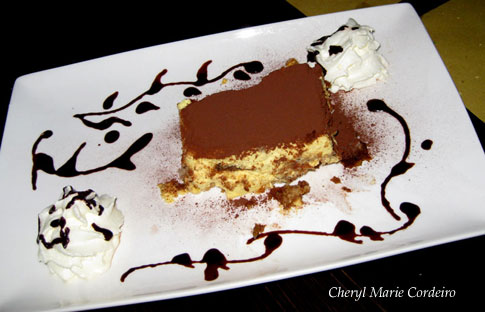
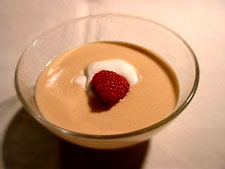
 The job of the expatriate in international job transfers is hardly an easy transition. Most Scandinavian expatriate contracts in Singapore for example average 3 years, during which time, the employees, usually at managerial level, are supposed to make adjustments along several dimensions, both in the private and public domains.
The job of the expatriate in international job transfers is hardly an easy transition. Most Scandinavian expatriate contracts in Singapore for example average 3 years, during which time, the employees, usually at managerial level, are supposed to make adjustments along several dimensions, both in the private and public domains.